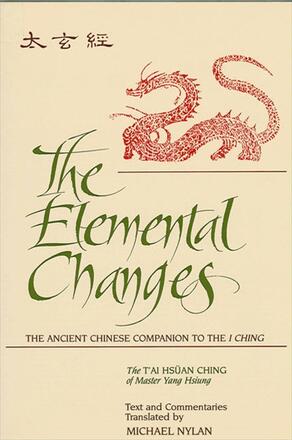
The Elemental Changes
The Ancient Chinese Companion to the I Ching. The T'ai Hsüan Ching of Master Yang Hsiung Text and Commentaries translated by Michael Nylan
Alternative formats available from:
Description
Composed in 2 B. C., as "The I Ching revised and enlarged," The Elemental Changes is a divination manual providing a clear method for distinguishing alternative courses of action. Structured in 81 tetragrams ( as opposed to the 64 hexagrams of the I Ching), the book offers much to the modern reader. Today in the West, The Elemental Changes is an essential tool for understanding the Tao as it operates in the Cosmos, in the minds of sages, and in sacred texts. It is also one of the great philosophical poems in world literature, assessing the rival claims on human attention of fame, physical immortality, wealth, and power while it situates human endeavor within the larger framework of cosmic energies.
The complete text of The Elemental Changes and its ten autocommentaries are here translated into accessible and, whenever possible, literal English. Following the Chinese tradition, supplementary comments are appended to each tetragram in order to indicate the main lines of interpretation suggested by earlier commentators.
Reviews
"In a time like ours, during which life is once again in danger of becoming lost in the maze of rational orders and worldly institutions, Yang Hsiung deserves renewed attention. Yang was not only the ideological strategist, he was also philosopher and poet. And he clothed his teaching of human orders in a well-planned systematic work, in which he projects the system and the insights of the Book of Changes onto his era. "—Hellmut Wilhelm